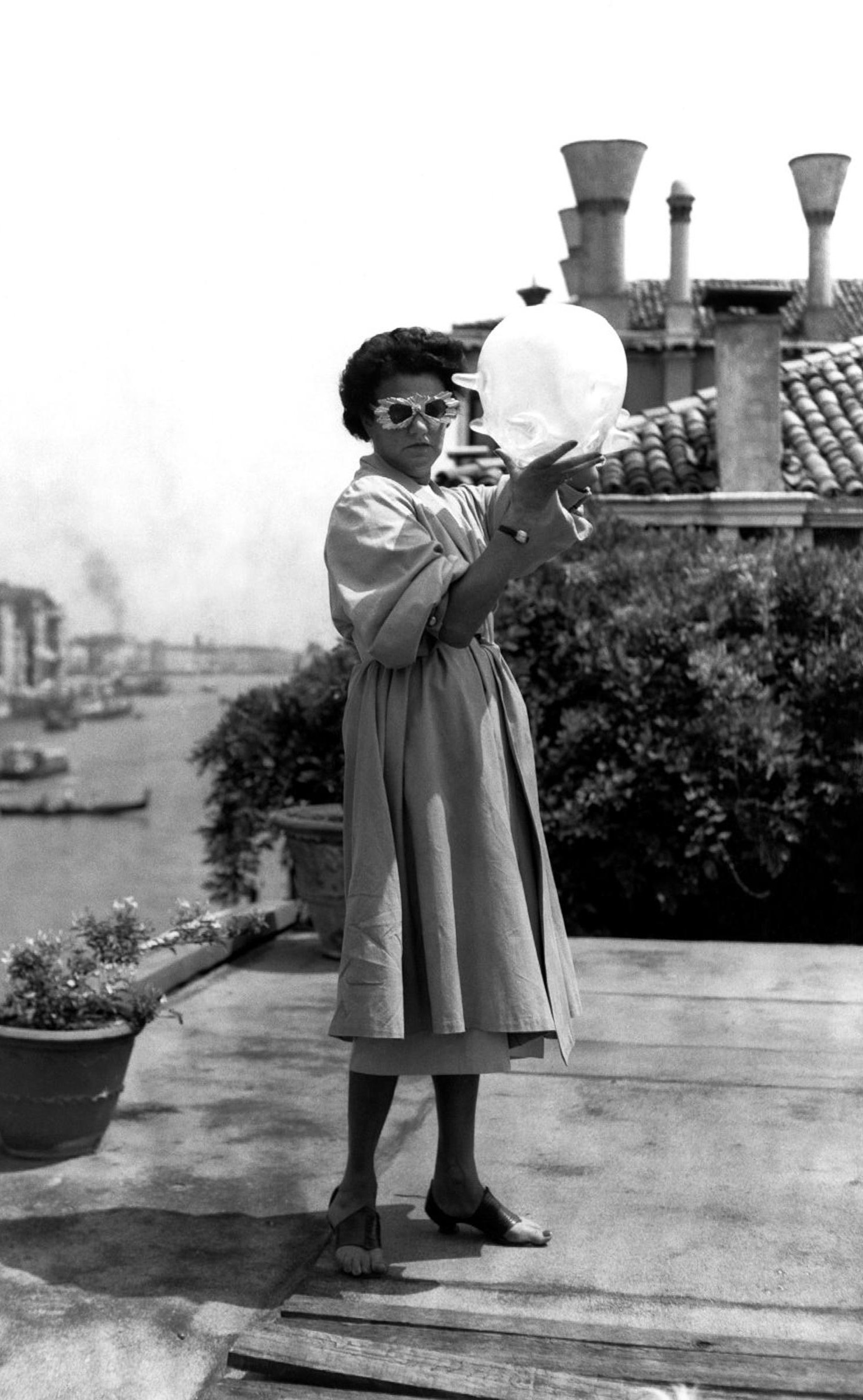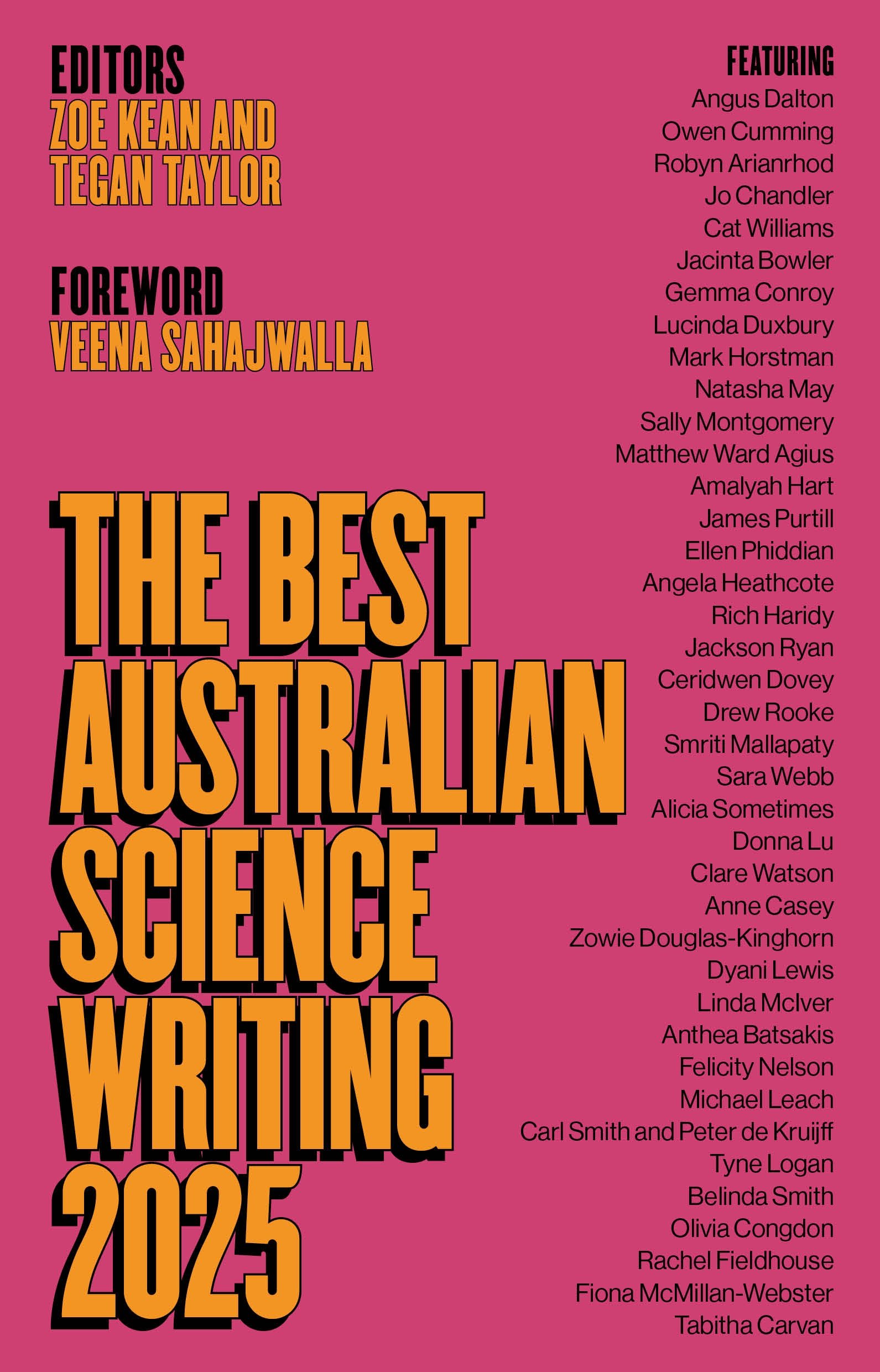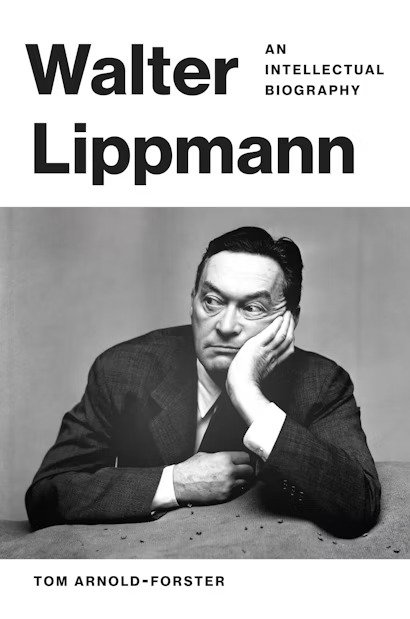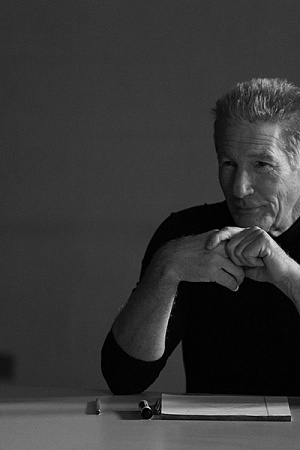Lee
.jpg)
The first act set-up of a biopic is almost always laborious. Grandiose voiceover and lines of dialogue are laden with the knowing weight of history; various conflicting images of the subject and their ‘truth’ are forced, often boringly, into narrative harmony. Lee, the feature début from respected cinematographer Ellen Kuras (Eternal Sunshine of the Spotless Mind, [2004]) and long-time passion project of its star, Kate Winslet, is quick to fall prey to these generic obligations. Characters portentously refer to one another by their full names (‘What are you going to do now, Lee Miller?’) and historical turning points are neatly condensed into one-liners (‘We’re getting ready, aren’t we, for the invasion of Europe?’). But one also feels that there is a rather perceptive film here, encased within the self-conscious conventions of the biographical drama.
The film’s subject, Lee Miller (1907-77), was a New York-born photojournalist renowned for her documentation of World War II and the horrors of the Nazi regime for British Vogue. In her youth, Miller was also a model and associate of the Surrealists, though Lee is judiciously limited to the period from 1938 to shortly after the war, with Miller already a former-model-turned-restless-photographer. Early scenes in the south of France, warmly and lovingly composed, introduce us to Miller’s circle of bohemians, artists and nobles. This includes Solange D’Ayen (Marion Cotillard), a duchess and editor at Paris Vogue, and the model and artist Nusch Éluard (Noémie Merlant). There she also meets and romances art collector and Surrealist Roland Penrose (Alexander Skarsgård) with whom she goes to live in London, where she later secures her photography job with British Vogue under editor Audrey Withers (Andrea Riseborough).
Continue reading for only $10 per month. Subscribe and gain full access to Australian Book Review. Already a subscriber? Sign in. If you need assistance, feel free to contact us.











Leave a comment
If you are an ABR subscriber, you will need to sign in to post a comment.
If you have forgotten your sign in details, or if you receive an error message when trying to submit your comment, please email your comment (and the name of the article to which it relates) to ABR Comments. We will review your comment and, subject to approval, we will post it under your name.
Please note that all comments must be approved by ABR and comply with our Terms & Conditions.